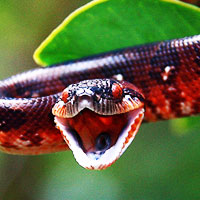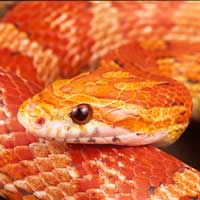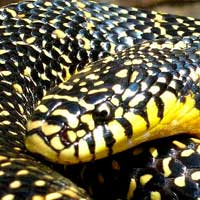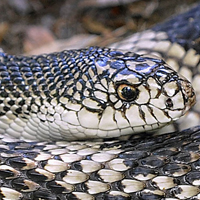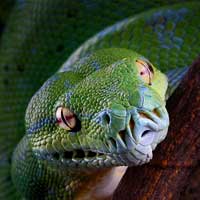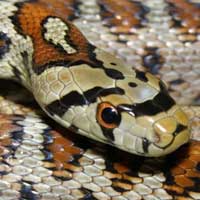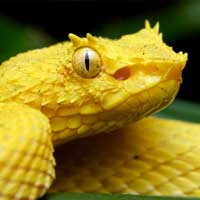Blanchard's Milksnake: A Complete Care Guide
The Blanchard's Milksnake is scientifically named Lampropeltis triangulum blanchardi. It belongs to the Colubridae family, which includes a wide variety of non-venomous snakes.
Scientific Name: Lampropeltis triangulum blanchardi
Snake Family: Colubridae

Blanchard's Milksnake: An Overview
Blanchard's Milksnake (Lampropeltis triangulum blanchardi) is a stunning subspecies of the milksnake family, characterized by its vibrant red, black, and yellow or white banding. Native to parts of the United States and Mexico, this non-venomous snake is popular among reptile enthusiasts for its striking appearance and manageable size. Whether you're a beginner or an experienced snake keeper, Blanchard's Milksnake is a captivating choice. This guide explores its habitat, diet, behavior, and care requirements.
Where Does Blanchard's Milksnake Live?
Blanchard's Milksnake is native to the grasslands, woodlands, and rocky areas of the United States and northern Mexico. Its adaptability allows it to thrive in various environments, making it an easy species to care for in captivity.
| Habitat Feature | Description |
|---|---|
| Geographic Range | Central United States and northern Mexico |
| Preferred Environment | Grasslands, woodlands, and rocky terrains |
| Climate | Temperate, with moderate humidity |
What Does Blanchard's Milksnake Eat?
Blanchard's Milksnake is a carnivore, feeding primarily on small mammals, birds, reptiles, and amphibians in the wild. Replicating its natural diet in captivity ensures its health and well-being.
- Juveniles: Feed on pinky mice every 5-7 days.
- Adults: Feed on adult mice or small rats every 7-10 days.
- Prey Size: Ensure prey is no larger than 1.5 times the snake’s girth.
- Hydration: Provide fresh water in a shallow dish for drinking and soaking.
Behavior and Temperament of Blanchard's Milksnake
Blanchard's Milksnake is known for its shy yet curious demeanor. It is generally easy to handle, making it an excellent pet for keepers of all experience levels.
- Shy Nature: Often seeks hiding spots but becomes more confident with regular handling.
- Activity Level: Primarily nocturnal but may explore its enclosure during the day.
- Defensive Behavior: Rarely aggressive, though it may mimic rattlesnake behavior when threatened.
How to Ensure a Healthy and Long Life for Your Blanchard's Milksnake
With proper care, Blanchard's Milksnake can live up to 20 years in captivity. Providing a clean environment and monitoring its health are essential for its longevity.
| Health Issue | Symptoms | Prevention |
|---|---|---|
| Respiratory Infections | Wheezing, open-mouth breathing | Maintain proper humidity and temperature |
| Skin Shedding Issues | Incomplete or stuck sheds | Ensure adequate humidity levels |
| Parasites | Visible mites, itching | Regular cleaning and disinfection |
Reproductive Traits of Blanchard's Milksnake
Blanchard's Milksnake is oviparous, meaning it lays eggs. Breeding this species in captivity is a rewarding experience for reptile enthusiasts.
- Mating Season: Late winter to early spring.
- Incubation Period: Approximately 60-65 days.
- Clutch Size: Typically 6-12 eggs.
- Maintain an incubation temperature of 80-85°F for optimal egg development.
How to Handle and Care for Your Blanchard's Milksnake
Blanchard's Milksnake is a low-maintenance pet, making it a great choice for both beginners and experienced snake keepers. Proper handling and care ensure a stress-free and healthy snake.
- Provide an enclosure with a temperature gradient of 75-85°F.
- Use a substrate like aspen shavings or coconut fiber for burrowing.
- Include hiding spots, climbing branches, and enrichment items.
- Handle gently and regularly to build trust and reduce stress.
- Ensure the enclosure is cleaned frequently and fresh water is always available.
